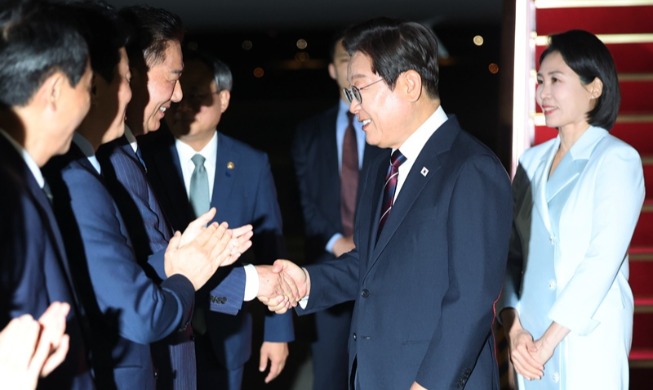Paik was initially inspired by “1984,” the novel written by George Orwell (1903-1950). In “1984,” the U.K. novelist predicts a dismal, dystopian future where humans are under constant surveillance and are controlled by mass media.
As a refutation of Orwell’s dark prediction, however, Paik created his video art show, commenting that Orwell was only “half right.” Paik produced his large-scale TV show, “Good Morning, Mr. Orwell,” to be simulcast by satellite worldwide and to prove that there can be a positive use of mass media through art. The art show was broadcast live in Seoul, New York, Paris, Berlin and other cities, in cooperation with four broadcasters in the four countries. About 100 artists participated in the project, presenting works of art, performances, fashion shows and comedy shows, attracting about 25 million viewers worldwide.
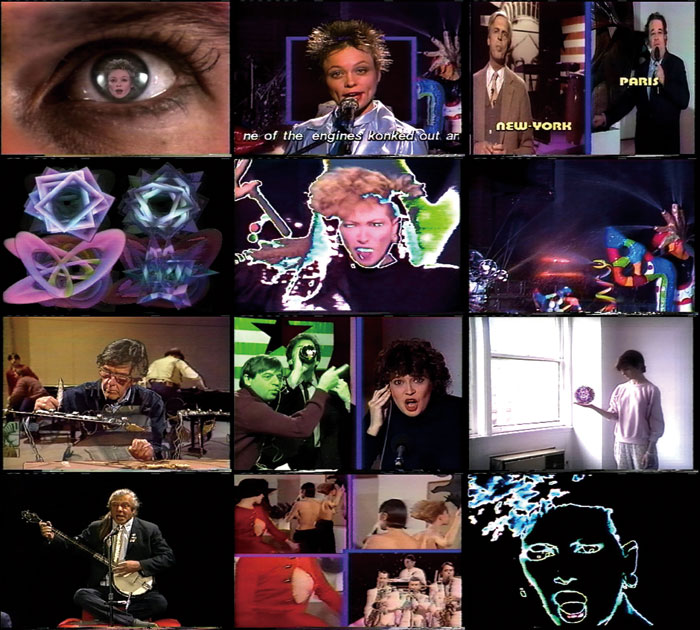
'Good Morning, Mr. Orwell,' broadcast live on New Year's Day 1984. (photo courtesy of the Nam June Paik Art Center)
In the upcoming special exhibitions, “Good Morning, Mr. Orwell 2014,” the Nam June Paik Art Center will put on display related material, including scripts and cue sheets from the original show, offering an in-depth analysis of the ground-breaking art show. The exhibition will also present the works of 17 teams of artists, from both overseas and Korea. The participating artists include Lee Boorok, Song Sanghee, Kim Taiyun, Yoon Ji Hyun, Remove Architecture and the Okin Collective from Korea, Exonemo from Japan, Paul Garrin and Jill Magid from the U.S., Mona Hatoum from Lebanon and Bjørn Melhus of Germany.
The “Good Morning, Mr. Orwell 2014” exhibition will last until November 16. Admission is KRW 4,000 for adults. It is closed every second and fourth Monday. More information about the exhibition is available at the art center's homepage, with services in Korean and English. http://njp.ggcf.kr/
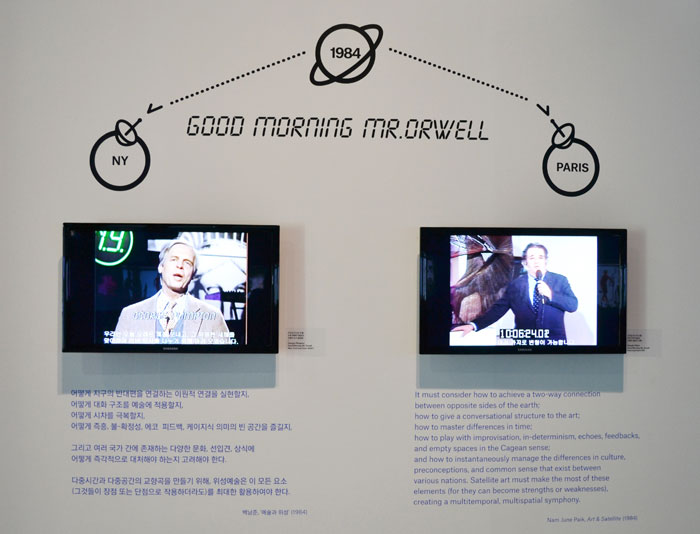
In the special exhibition 'Good Morning, Mr. Orwell 2014,' cue sheets and scripts are on display with an analysis of the original show. (photo courtesy of the Nam June Paik Art Center)
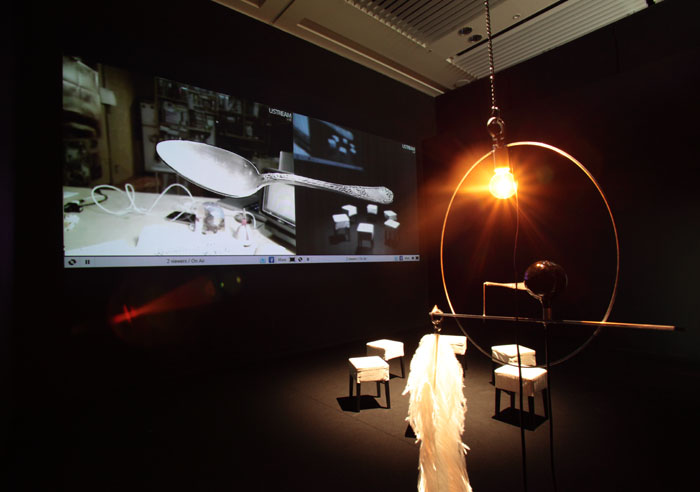
Exonemo, 'Supernatural,' 2009-2014, multimedia installation (photo courtesy of the Nam June Paik Art Center)
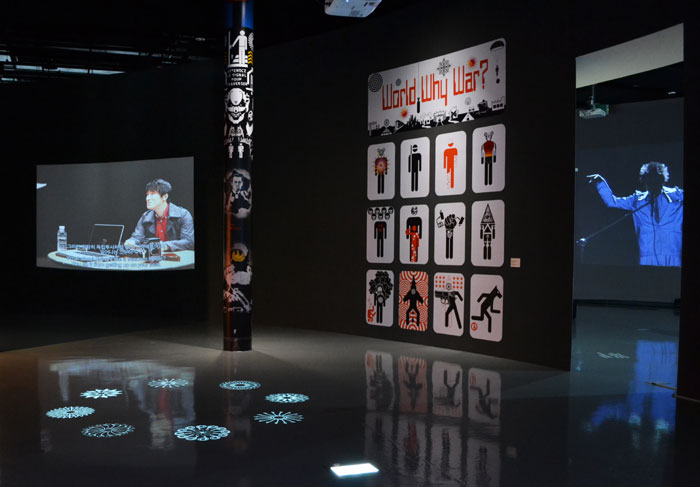
Lee Boorok, 'Warvata_Sticker Project,' 2005-2014, print on vinyl sticker, 300x450cm, 120x480cm (photo courtesy of the Nam June Paik Art Center)
Meanwhile, another exhibition on Paik will be held at the Seoul branch of the National Museum of Modern and Contemporary Art. The exhibition, “Rheinland, my artistic Heimat,” is being jointly hosted by the museum and the Nam June Paik Cultural Foundation. The Rheinland is the area of Germany stretching between Dusseldorf and Munich. This is where Paik studied and cultivated his unique artistic spirit.
The exhibition will put on display about 60 items, including autographed letters written by Paik and his colleagues, newspaper articles, photos, video clips and other records from him between the 1960s and 1970s. Visitors to the show will be able to learn more about Paik’s life in Germany, where his artistic spirit was formed in what he called his “artistic hometown.”
The exhibition will run until September 30 and admission is free. More information about the exhibition is available at the museum’s homepage in both Korean and English. http://www.mmca.go.kr
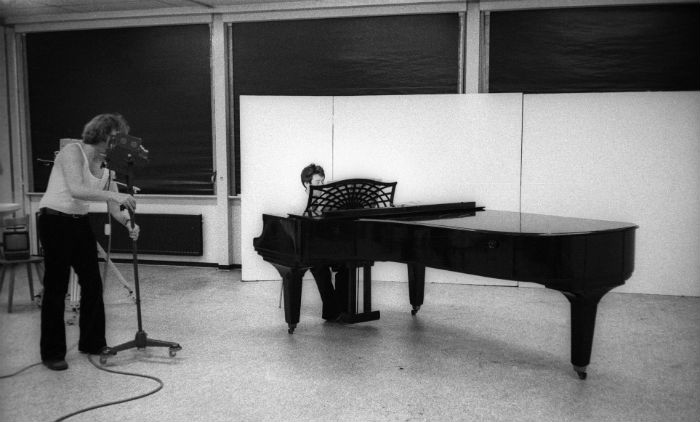
1978, Kunstakademie Düsseldorf, 'Requiem for George Maciunas' - Duo Concert with Joseph Beuys ⓒPhoto: Ivo Dekovic (photo courtesy of MMCA)
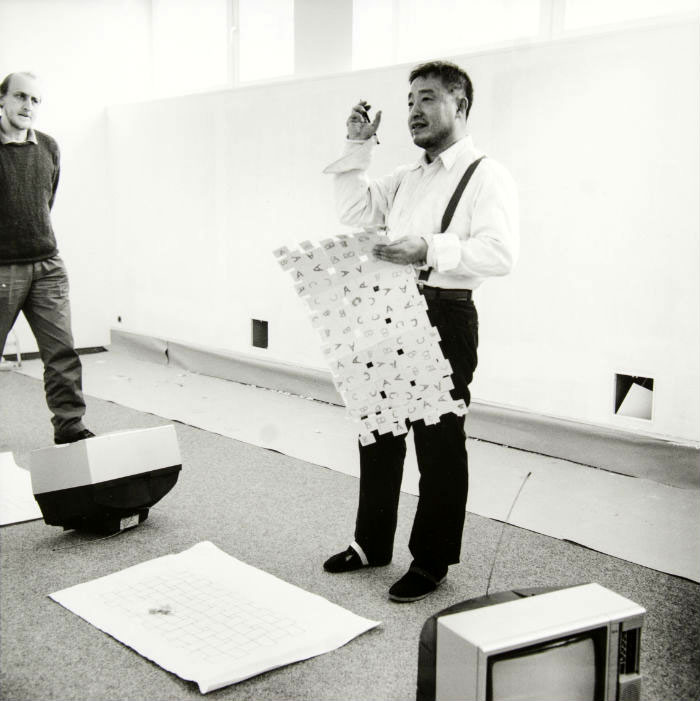
1978, Performance and Video Shooting for
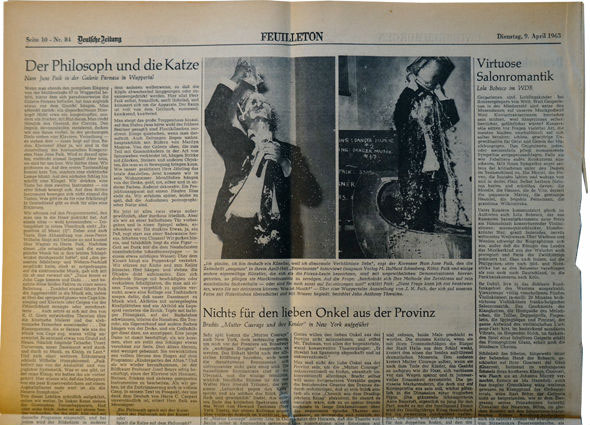
1963, Article about 'Exposition of Music-Electronic Television' on German News Paper, ⓒPhoto:Moritz Pickhaus (photo courtesy of MMCA)
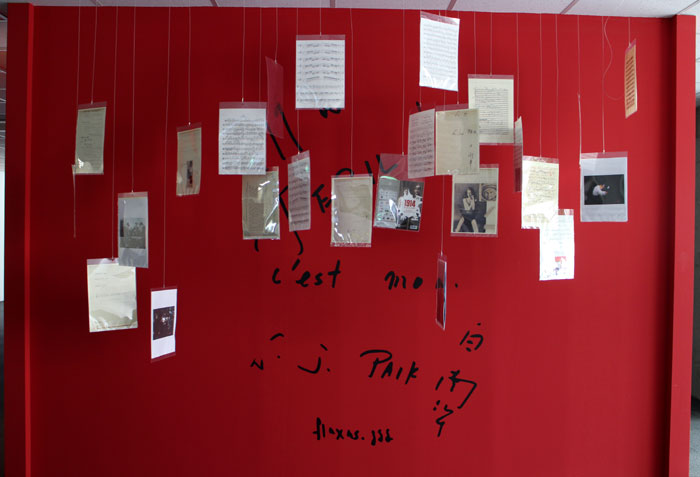
The 'Rheinland, my artistic Heimat' exhibition puts on display autographed letters exchanged between Paik and his colleagues, as well as newspapers, photos, video footage and audio recordings about the famous video artist. (photo courtesy of MMCA)
By Yoon Sojung
Korea.net Staff Writer
arete@korea.kr
Most popular
- Military discharge sets stage for reunion of all 7 BTS members
- 'We are back!' BTS Festa heralds hyped return of K-pop phenom
- Presidents Lee, Trump discuss tariff deal in first phone talks
- President Lee leaves for G7 Summit in Canada on first int'l trip
- 'Maybe Happy Ending' wins 6 Tonys including Best Musical
